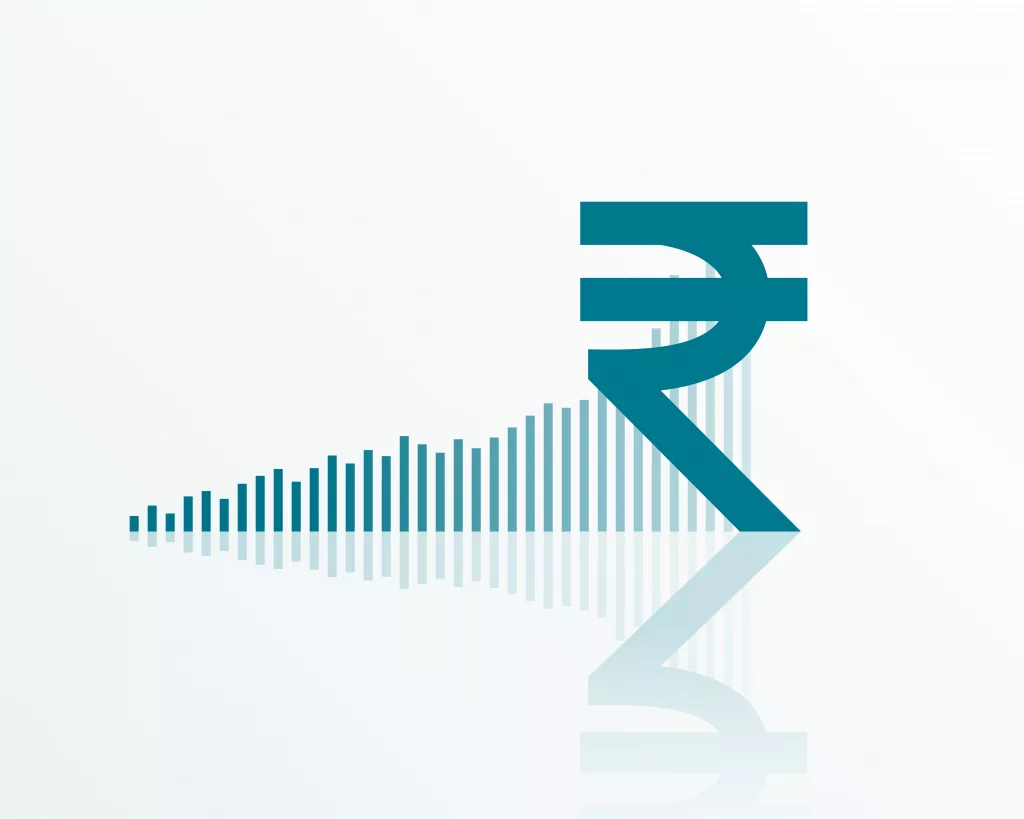What are the measures taken by RBI to boost the real estate sector ?

The real estate sector is reeling under heavy stress due to the COVID-19 effect. Slowly & steadily, the real estate market is coming out of stress, and the situation is becoming back to normal post the second wave. The real estate market has been facing severe shocks since 2017, like the demonetization effect, COVID-19 first wave, and second wave. The COVID effect caused large-scale disruption, and thus the real estate sector is under severe stress. The various state governments have reduced stamp duty, reducing registration charges to boost the real estate sector. The slowdown in the economy has happened due to the COVID pandemic effect. But the real sector is improving post the second wave effect. The government always encourages people to invest in the real estate sector as the Real estate sector provides large-scale employment to the people and is the second-largest employer in India after agriculture. The real estate sector caters to the employment of people from the labor class to the engineers & architects. The investment done in a flat is far higher in case of purchase of the flat. Thus higher expenditure done by the public gives a boost to the economy as well.
Various measures and taken by the Reserve bank for giving a boost to the economy as many of the sectors are reeling under the stress of the pandemic effects. The interest rates on home loans have continuously been reducing; thus, it is becoming highly affordable for people to take home loans and buy properties on loan. The RBI has provided a boost by increasing the liquidity in the economy to increase the inflow of money in the hands of the public. Also, the Repo rate has been kept unchanged by the bank. Also, the RBI is planning to increase the bank’s credibility so that the banks are in a position to disburse maximum loans as possible to the individuals for the purchase of the houses. The loan to value LTV ratio is kept at 80% by the reserve bank. As the stock market is performing far better starting from the beginning of 2021, the SENSEX has crossed more than 50,000 points; this shows that people have got excess money in their hands to invest & secure funds. The sectors like IT, ITES, FMCG & Banking sector are growing very rapidly and thus based on that, consumer expenditure has got a boost, and the market sentiment is high.
Following are the ways due to which the real estate sector has got the boost:
The Reserve bank has made it mandatory for the banks & NBFC’s to extend the loans to the banks & NBFC’s for the disbursement of loans to the affordable housing segment. According to the RBI, the houses costing less than Rs.65 lakh in metros are considered budget housing in metros and less than Rs. 40 lakh for the non-metros.
- Housing for all
The housing for all schemes was launched by the government of India to provide houses to individuals who do not own a residential property anywhere across India. The scheme was launched in 2015 and aimed that by 2022 all the people in India should have their own houses. Many people in metro cities are unable to buy their own houses as the prices of the property are very high, and thus people aren’t able to afford to buy the property. The PMAY scheme focuses mostly on providing loans to the people under the EWS category and the LIG & MIG category. The people in the income group of less than Rs.3 lakh upto Rs.18 lakh are covered under the scheme.
- Budget 2021
The finance minister Nirmala Sitharaman announced that interest deduction of upto Rs.15 lakh is given on the affordable housing loans. This facility is extended for more than one year and will be valid till March 2022.
- GST rate cut:
The GST rates have been reduced on the housing, thus boosting the real estate sector. The people can avail concessions for buying homes costing upto Rs.45 lakhs; only 1% GST would be charged instead of 8%.
The government is taking various measures to give a boost to the Real estate sector. The markets are opening post-pandemic, and the economy is recovering slowly and steadily. Thus the markets are recovering from the post-pandemic








